Home>Technology>Smart Home Devices>How To Clean 3D Printer Bed
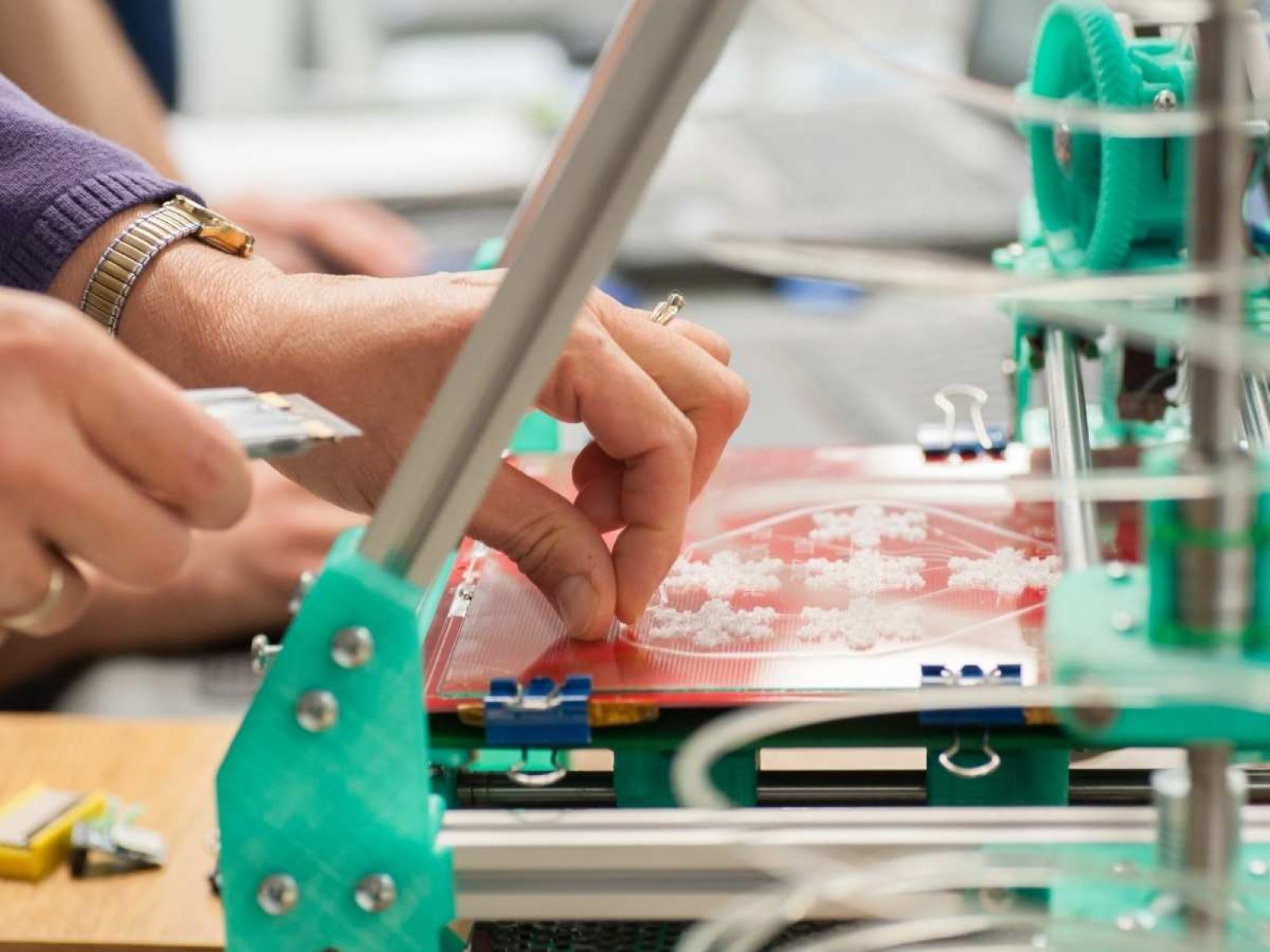

Smart Home Devices
How To Clean 3D Printer Bed
Modified: February 18, 2024
Learn how to clean your 3D printer bed for optimal performance and print quality. Follow these simple steps to maintain your smart home devices.
(Many of the links in this article redirect to a specific reviewed product. Your purchase of these products through affiliate links helps to generate commission for Storables.com, at no extra cost. Learn more)
Introduction
Welcome to the world of 3D printing, where creativity knows no bounds and innovation takes shape layer by layer. As a proud owner of a 3D printer, you understand the sheer joy of bringing your designs to life. However, to ensure the quality and precision of your 3D prints, it’s crucial to maintain a clean and well-maintained printer bed.
The printer bed is where the magic happens – it’s the foundation upon which your creations materialize. Over time, residue from filament, adhesives, and other materials can build up on the bed, affecting print adhesion and surface finish. To combat these issues and keep your 3D printer in top condition, regular cleaning and maintenance are essential.
In this comprehensive guide, we’ll delve into the importance of cleaning the 3D printer bed, the materials required for the task, a step-by-step cleaning process, and valuable tips for maintaining a pristine printing surface. By the end of this article, you’ll be equipped with the knowledge and techniques to keep your 3D printer bed in optimal condition, ensuring consistently exceptional prints.
Key Takeaways:
- Regularly cleaning your 3D printer bed with isopropyl alcohol and maintaining a level surface is crucial for achieving high-quality and consistent 3D prints.
- Implementing a cleaning schedule, using high-quality filament, and monitoring print settings are essential for keeping your 3D printer bed clean and ready for flawless creations.
Read more: How To Clean The Bed Of A 3D Printer
Importance of Cleaning the 3D Printer Bed
Imagine a painter preparing a canvas – the surface must be clean and smooth to ensure the paint adheres perfectly and the brush strokes glide effortlessly. Similarly, the printer bed in a 3D printer serves as the canvas for your creations. A clean and well-maintained bed is crucial for achieving precise and flawless 3D prints. Let’s explore the significance of keeping the printer bed clean:
- Print Adhesion: A clean bed promotes optimal adhesion between the first layer of the print and the surface. This is essential for preventing warping, lifting, or misalignment during the printing process, ultimately leading to higher-quality prints.
- Surface Finish: Residue and debris on the printer bed can transfer onto the printed object, affecting its surface finish. By maintaining a clean bed, you can ensure that your 3D prints exhibit the desired level of smoothness and detail.
- Print Consistency: Clean and level printing surfaces contribute to consistent print quality across various projects. It minimizes the risk of imperfections and irregularities that may arise from an unclean or uneven bed.
- Printer Maintenance: Regular cleaning helps prevent the accumulation of stubborn residues, such as melted filament or adhesive remnants, which can be challenging to remove if left unattended. By keeping the bed clean, you can prolong the lifespan of your 3D printer and its components.
By acknowledging the importance of maintaining a clean printer bed, you are taking proactive steps to uphold the precision and reliability of your 3D printing endeavors. Now, let’s delve into the essential materials required for effectively cleaning the 3D printer bed.
Materials Required for Cleaning
Before embarking on the cleaning process, it’s essential to gather the necessary materials to ensure a thorough and effective cleaning of your 3D printer bed. Here’s a list of the items you’ll need:
- Isopropyl Alcohol: This is a key component for removing residue and oils from the printer bed. Isopropyl alcohol, commonly known as rubbing alcohol, is highly effective in dissolving and lifting contaminants without leaving behind any residue.
- Clean Microfiber Cloth: A soft, lint-free microfiber cloth is ideal for applying the cleaning solution to the printer bed. It ensures gentle yet thorough removal of debris and contaminants without scratching the surface.
- Scraper or Spatula: A non-abrasive scraper or spatula is essential for safely removing any stubborn residues or leftover adhesives from the bed. It should be designed to avoid scratching or damaging the surface.
- Cotton Swabs: These are useful for reaching and cleaning intricate or hard-to-reach areas on the printer bed, ensuring a comprehensive cleaning process.
- Protective Gloves: While handling cleaning solutions and scraping residues, wearing protective gloves is advisable to safeguard your skin from any potential irritation.
- Safety Goggles: In some cases, debris or cleaning solutions may splatter during the cleaning process. Safety goggles provide an extra layer of protection for your eyes.
By ensuring that you have these materials at your disposal, you can proceed with confidence, knowing that you have the necessary tools to maintain a clean and well-functioning 3D printer bed. With these items in hand, you are ready to embark on the step-by-step cleaning process, which we will explore in the following section.
Use isopropyl alcohol and a microfiber cloth to clean the 3D printer bed. Wipe the bed in a gentle, circular motion to remove any residue or build-up. Avoid using harsh chemicals that could damage the bed.
Step-by-Step Guide to Cleaning the 3D Printer Bed
Now that you have gathered the essential materials, it’s time to embark on the step-by-step process of cleaning your 3D printer bed. Follow these detailed instructions to ensure a thorough and effective cleaning:
- Prepare the Printer: Begin by turning off the 3D printer and allowing the printer bed to cool down if it was previously in use. This ensures safety and prevents accidental burns during the cleaning process.
- Remove the Print Surface: If your 3D printer features a removable print surface, carefully detach it from the printer bed. This allows for easier access and thorough cleaning of the entire surface.
- Apply Isopropyl Alcohol: Moisten a clean microfiber cloth with isopropyl alcohol. Gently wipe the entire surface of the printer bed, ensuring that any residue, adhesives, or oils are effectively dissolved and lifted from the surface.
- Address Stubborn Residues: For any stubborn residues or adhesive remnants, carefully use a non-abrasive scraper or spatula to gently remove them from the bed. Exercise caution to avoid scratching or damaging the surface.
- Clean Hard-to-Reach Areas: Utilize cotton swabs moistened with isopropyl alcohol to meticulously clean any intricate or hard-to-reach areas on the printer bed, ensuring a comprehensive cleaning process.
- Dry the Surface: Once the cleaning process is complete, allow the printer bed to air dry thoroughly. Ensure that no residual moisture remains before reassembling the print surface or resuming 3D printing activities.
- Reassemble and Inspect: If you removed the print surface, carefully reattach it to the printer bed. Before initiating any printing tasks, inspect the bed to ensure that it is clean, free of residues, and ready for use.
By diligently following these steps, you can maintain a clean and pristine printer bed, laying the foundation for exceptional 3D prints and prolonging the longevity of your 3D printer. However, the journey to a consistently clean printer bed doesn’t end here. In the next section, we’ll explore valuable tips for maintaining a clean 3D printer bed over time.
Tips for Maintaining a Clean 3D Printer Bed
Keeping your 3D printer bed in optimal condition requires ongoing care and attention. By incorporating the following tips into your maintenance routine, you can ensure that your printer bed remains clean and ready for flawless 3D printing:
- Regular Cleaning Schedule: Establish a regular cleaning schedule based on your printing frequency and the types of materials used. Consistent maintenance prevents the accumulation of stubborn residues and ensures that the printer bed is always prepared for high-quality prints.
- Use Adhesion Aids Wisely: If you rely on adhesion aids such as glue sticks or adhesive sprays, apply them sparingly and uniformly. Excessive use can lead to a buildup of residues on the printer bed, necessitating more frequent and intensive cleaning.
- Level the Printer Bed: Periodically check and adjust the level of the printer bed to ensure uniform adhesion and print quality. A level bed minimizes the risk of uneven printing surfaces, which can contribute to adhesion issues and the accumulation of debris.
- Monitor Print Settings: Keep a close eye on your print settings, particularly the initial layer height and extrusion width. Proper calibration and settings adjustment can contribute to smoother adhesion and reduce the likelihood of residues adhering to the bed.
- Inspect Filament Quality: Prioritize the use of high-quality filament to minimize the generation of debris and residues during the printing process. Low-quality or contaminated filament can contribute to a buildup of particles on the printer bed.
- Implement Enclosures and Filtration: If feasible, consider utilizing printer enclosures and air filtration systems to minimize the presence of airborne particles and contaminants that may settle on the printer bed.
By integrating these tips into your 3D printer maintenance routine, you can uphold a clean and well-maintained printer bed, fostering an environment conducive to consistent and exceptional 3D prints. As we conclude this guide, it’s evident that regular cleaning and maintenance are essential pillars of 3D printing excellence.
Read more: What To Clean 3D Printer Bed With
Conclusion
Congratulations! You have now gained a comprehensive understanding of the importance of maintaining a clean 3D printer bed and the essential steps and tips for achieving this goal. By prioritizing the cleanliness and maintenance of your printer bed, you are not only ensuring the quality and precision of your 3D prints but also prolonging the lifespan of your 3D printer.
Remember, the printer bed serves as the foundation for your creations, and a clean bed is instrumental in achieving consistent and flawless 3D prints. By adhering to a regular cleaning schedule, utilizing high-quality materials, and implementing best practices for maintenance, you can uphold a pristine printing surface that facilitates your creative endeavors.
As you embark on your 3D printing journey, let the cleanliness of your printer bed reflect the dedication and attention to detail that you bring to your craft. Embrace the process of maintaining a clean printer bed as an integral part of your 3D printing experience, and revel in the exceptional prints that result from your commitment to excellence.
With this newfound knowledge and a commitment to ongoing maintenance, you are well-equipped to elevate your 3D printing endeavors to new heights. So, go ahead, unleash your creativity, and let your 3D printer bed be the canvas upon which your imagination takes shape – a pristine canvas ready to bring your designs to life, layer by layer.
Frequently Asked Questions about How To Clean 3D Printer Bed
Was this page helpful?
At Storables.com, we guarantee accurate and reliable information. Our content, validated by Expert Board Contributors, is crafted following stringent Editorial Policies. We're committed to providing you with well-researched, expert-backed insights for all your informational needs.
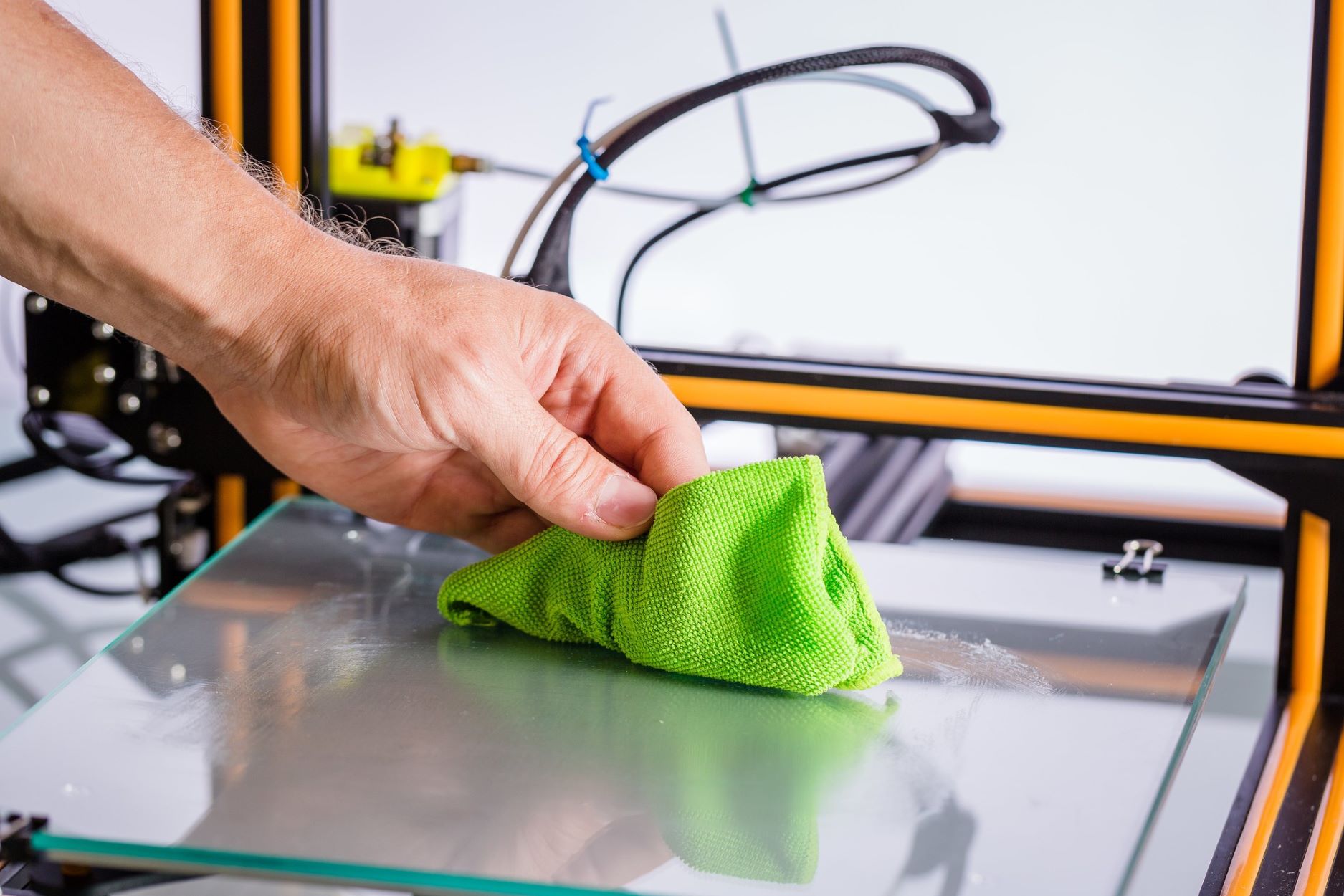
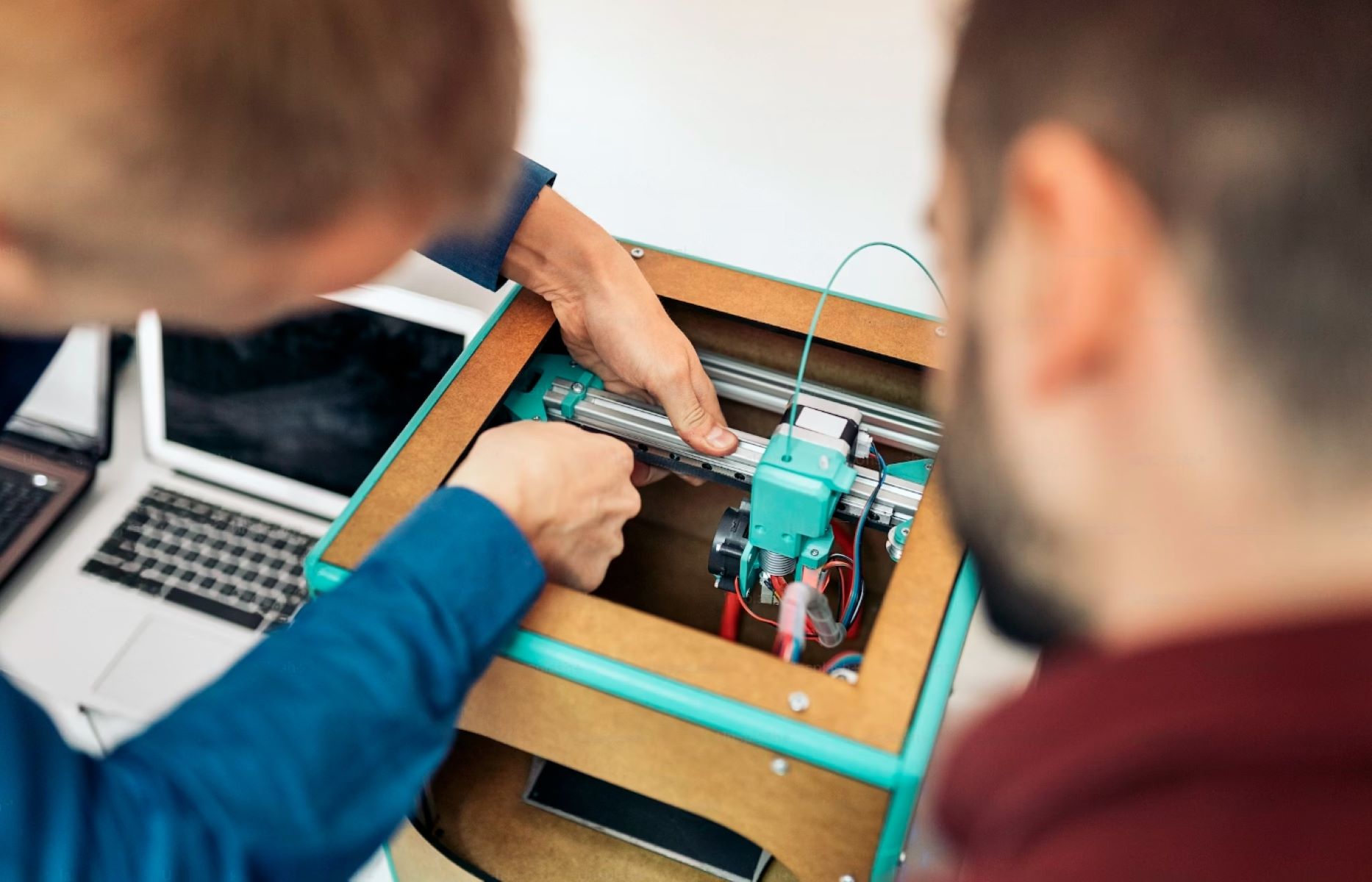

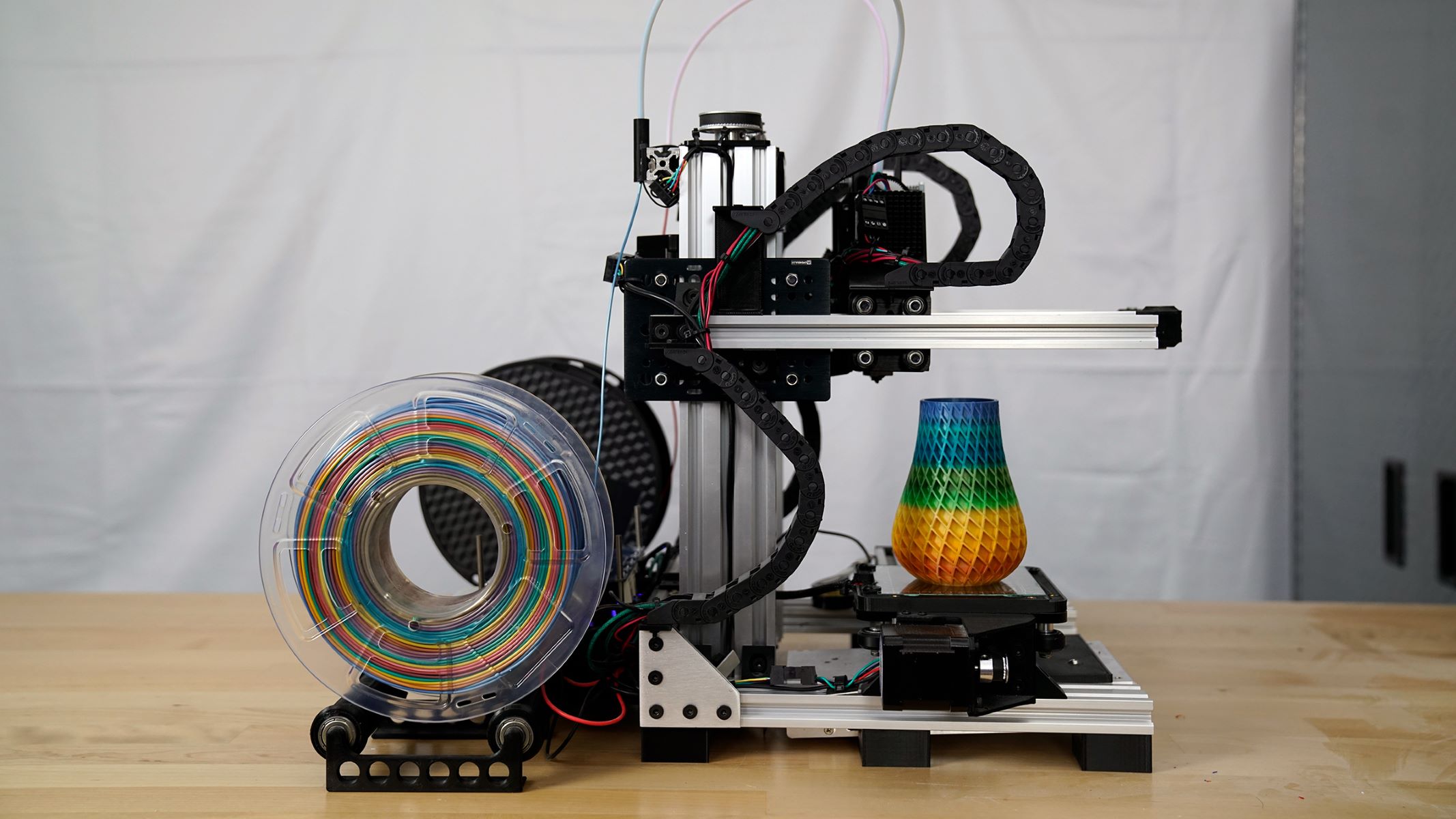




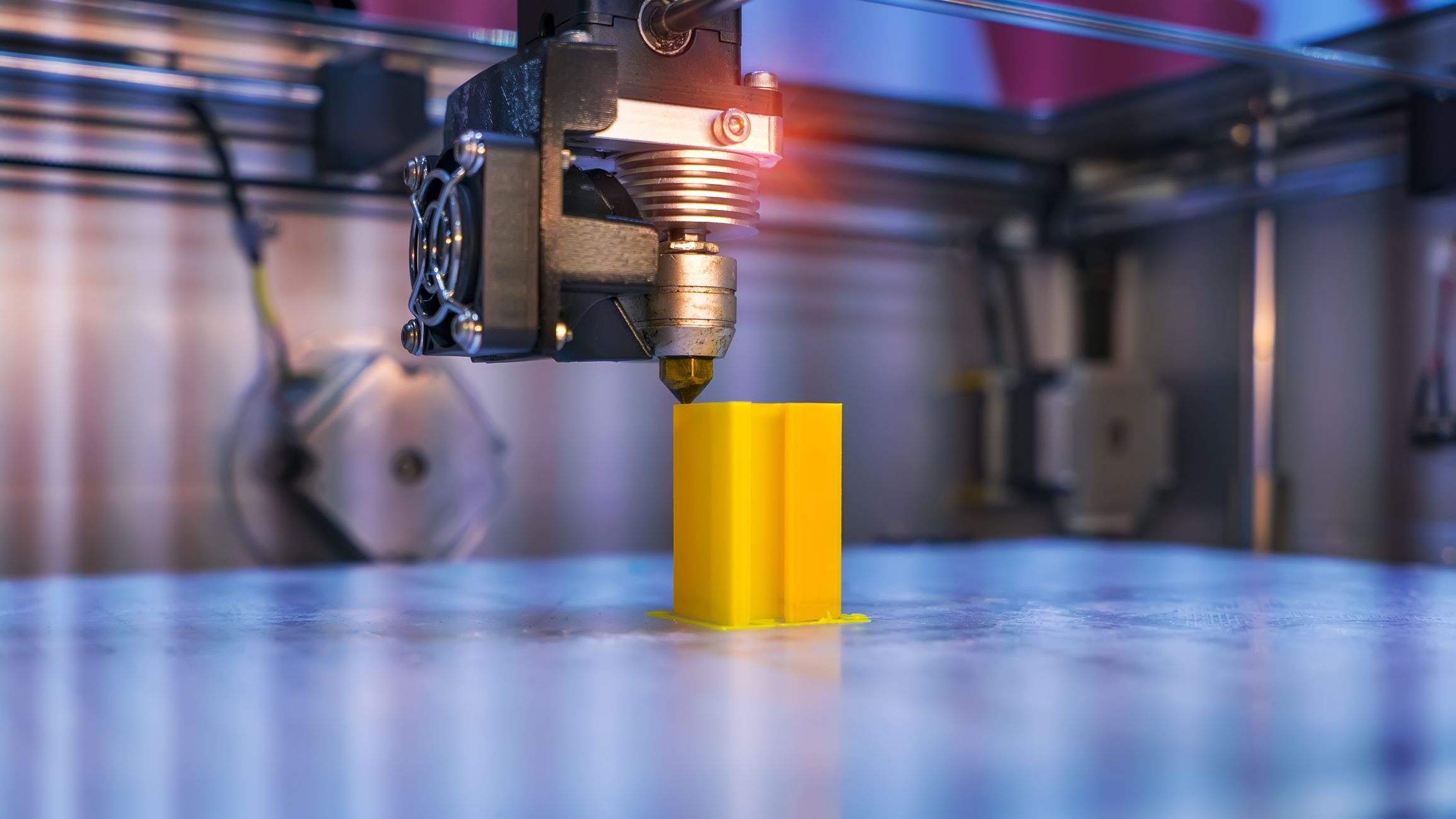
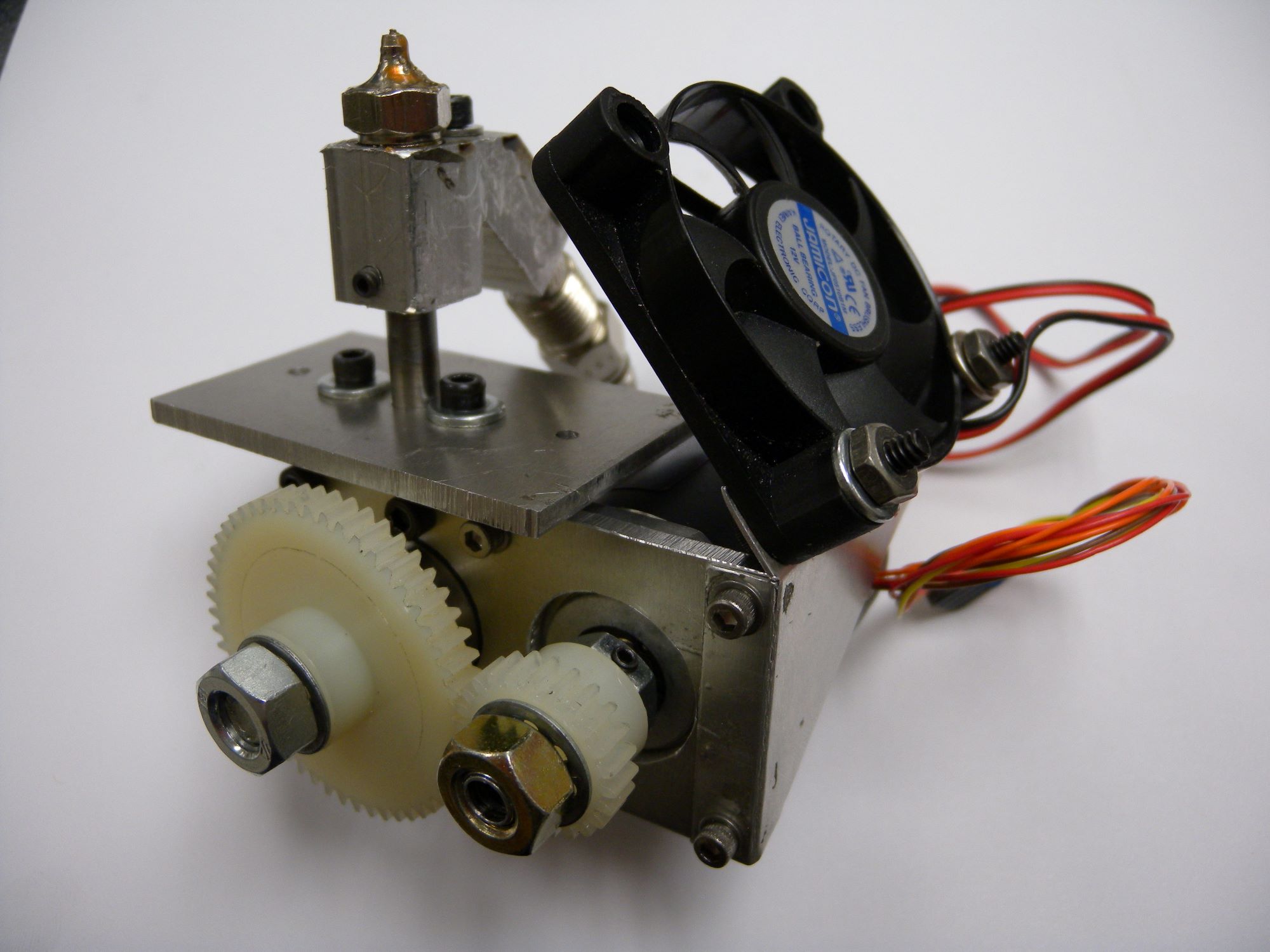
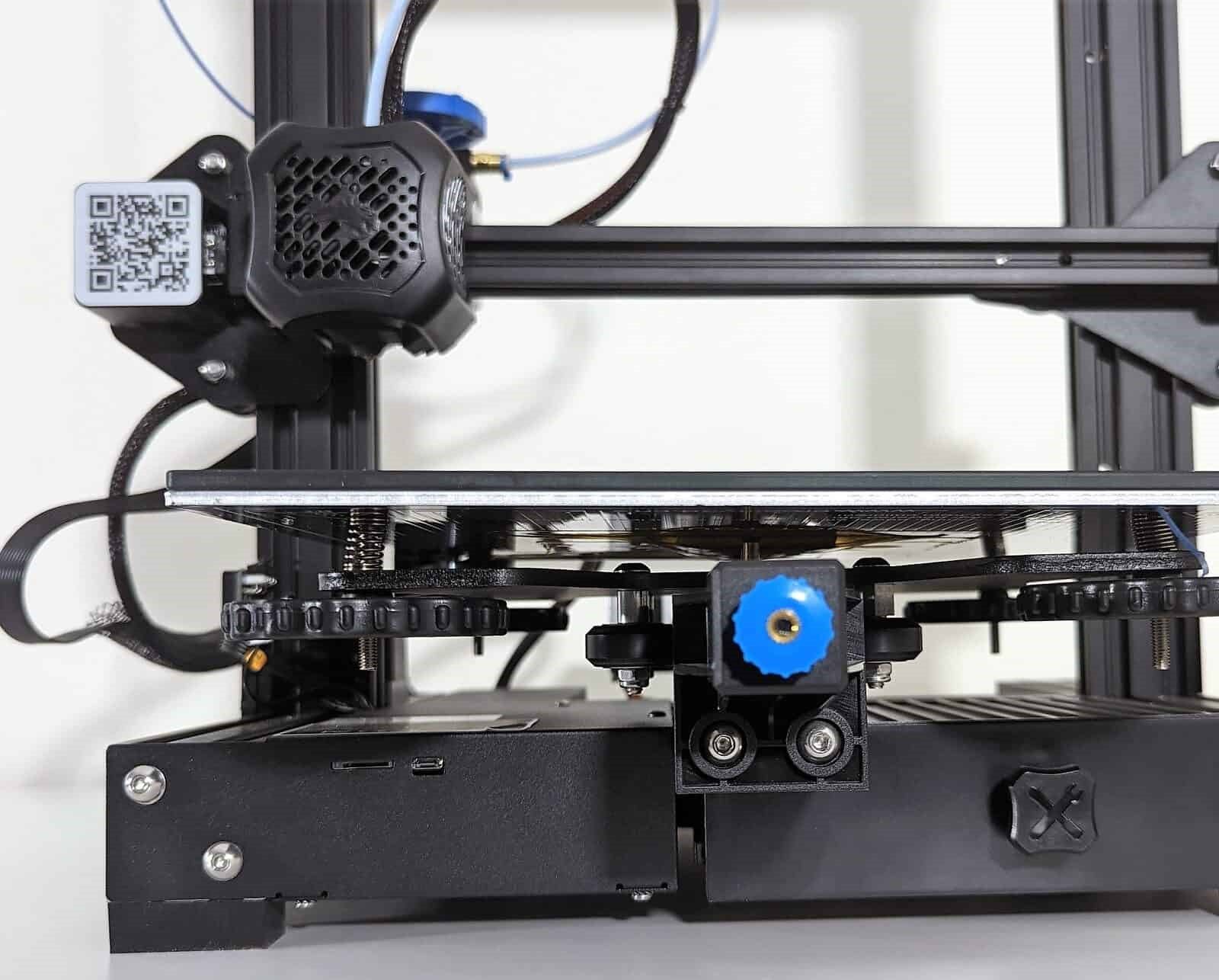
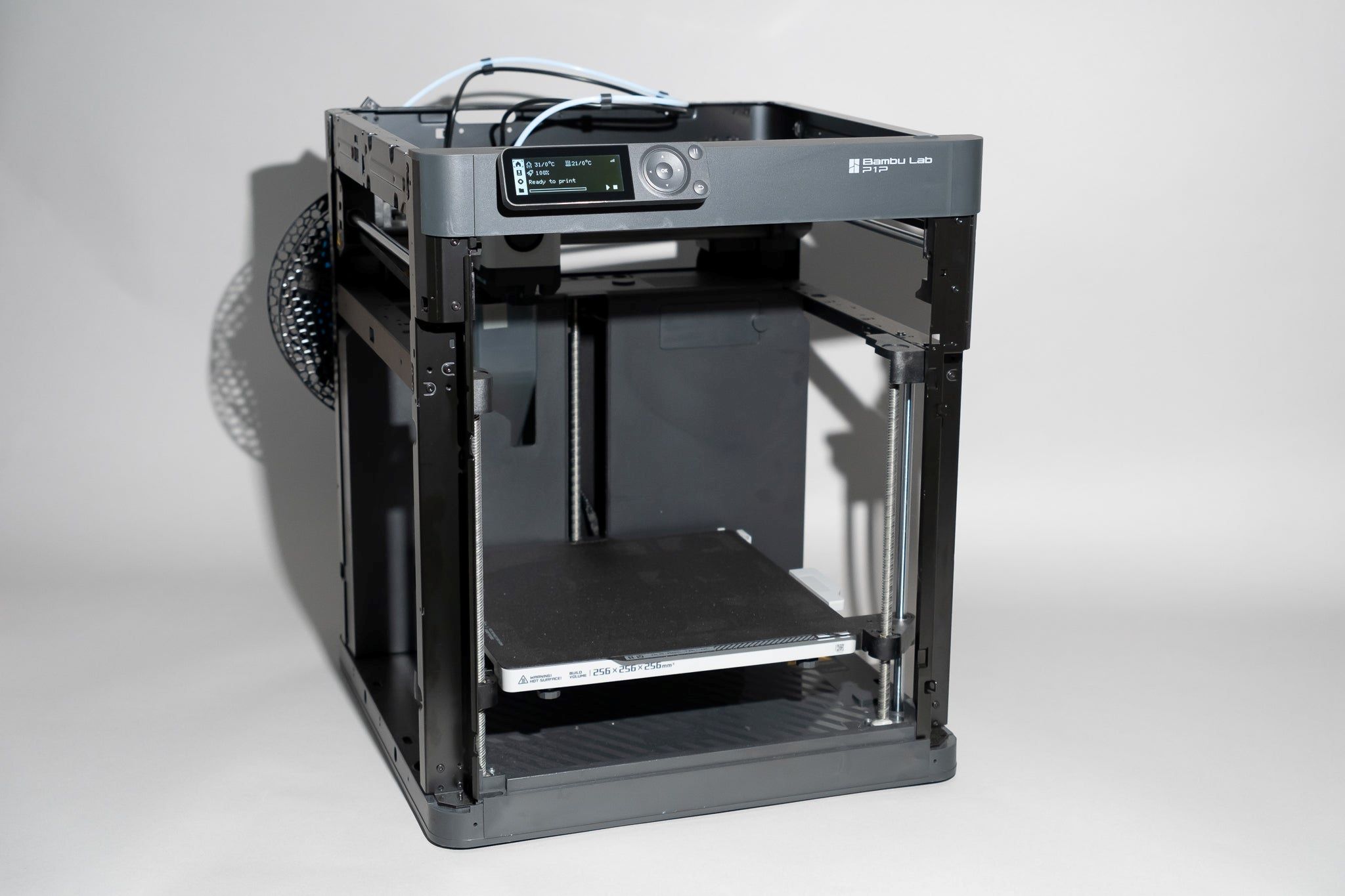
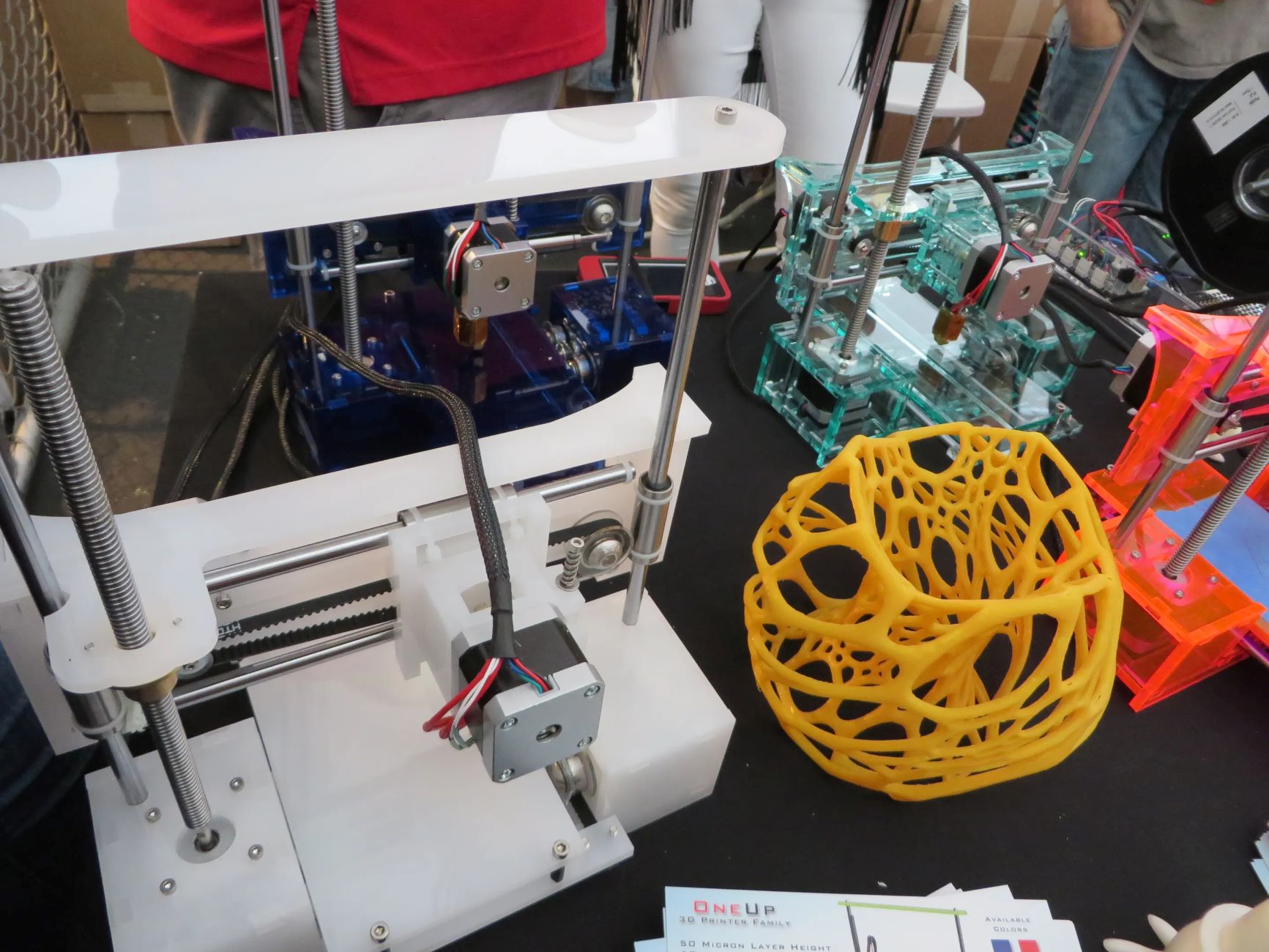
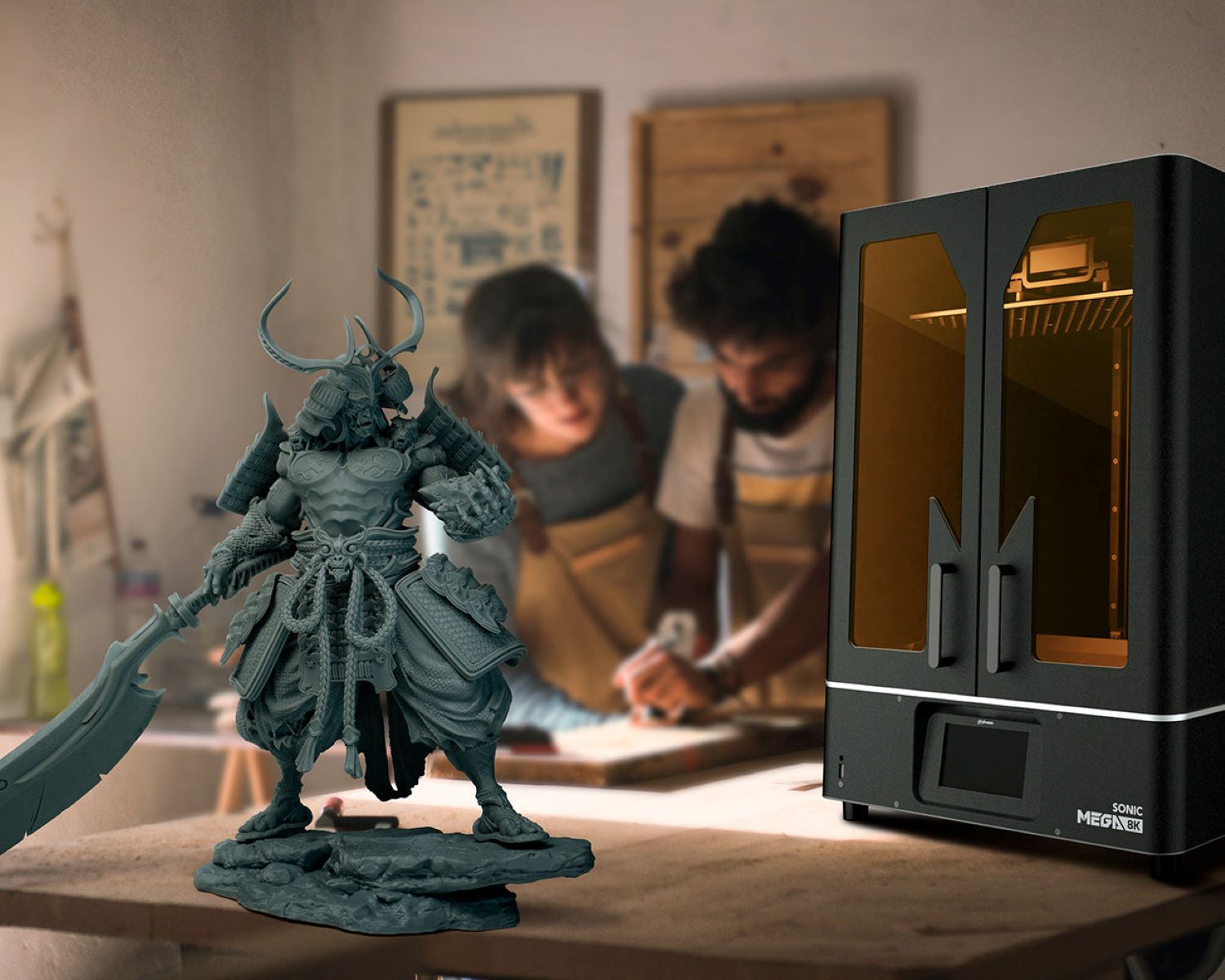

0 thoughts on “How To Clean 3D Printer Bed”